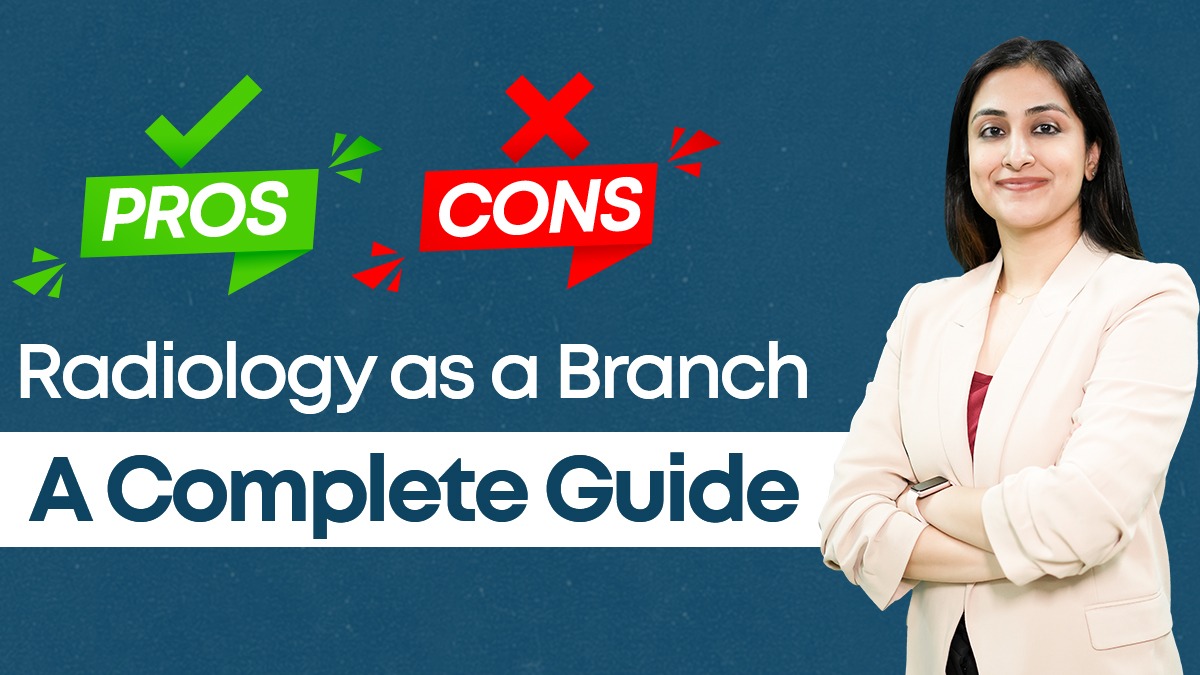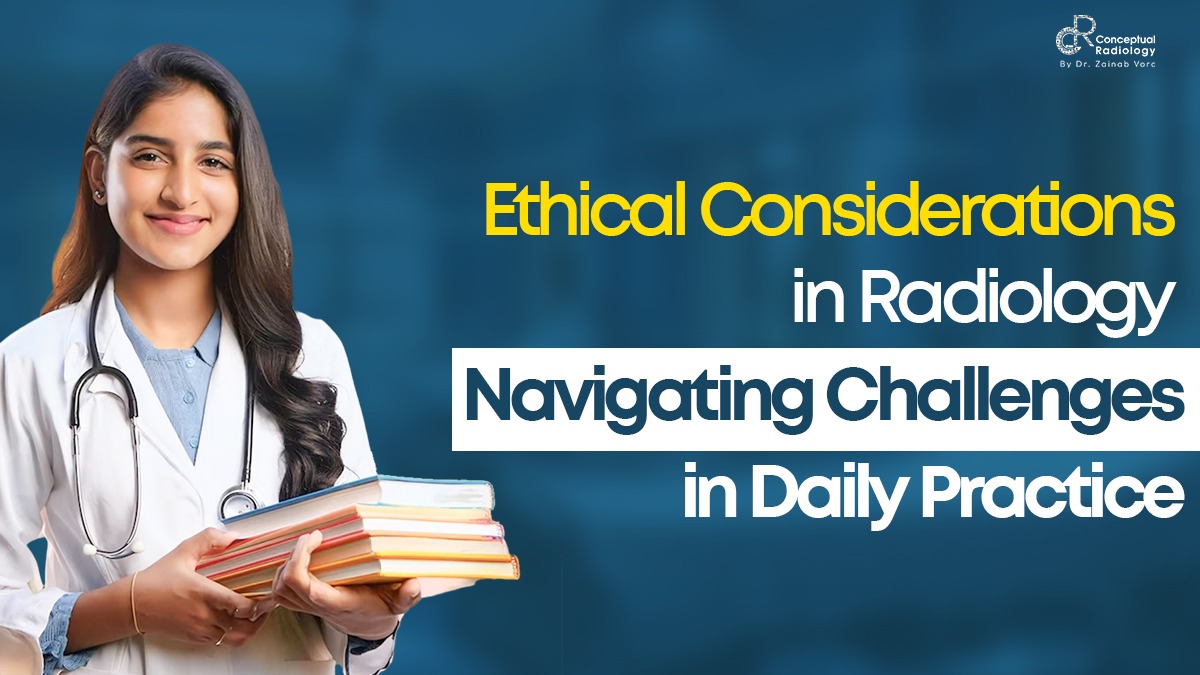Estimated reading time: 5 minutes
Radiology is one of the most demanding branch-after medical specialities in its new avatar that combines advanced technology with patient care functions. Radiologists help in diagnosing and treating diseases by employing various imaging techniques, including X-rays, CT scans, MRIs, and ultrasounds. If you find the idea of merging medicine with modern technology exciting, a career in radiology might be the right choice for you.
This article will take you through the career path, courses, salary prospects, and scope of radiology so that you get to know what it takes to emerge in this vibrant industry.
Who is a Radiologist?
A radiologist is a medical doctor who interprets medical images to diagnose, monitor, and sometimes treat diseases. They often work closely with other physicians to provide accurate diagnoses that drive patient treatment cases.
Radiologists can specialize in:
- Diagnostic Radiology: Interpreting imaging results to diagnose.
- Interventional Radiology: Performing minimally invasive procedures guided by imaging.
- Nuclear Medicine: Using radioactive materials in diagnosis and treatment.
Path of Radiologist Career
- Complete a Bachelor’s degree
Complete any of the MBBS degrees which is equivalent to a degree in medicine and surgery.
- Cleared NEET-PG
Create and qualify for NEET-PG to secure admission into postgraduate radiology courses.
- Postgraduate courses.
After completing their MBBS degree, students go for specialization by enrolling and studying in postgraduate courses such as MD in Radiology, DNB in Radiology, and DMRD.
- Consider super-specialization
Engage in a fellowship or a super-specialization course in Interventional Radiology, Pediatric Radiology, or Oncologic Imaging to become a doctor of high standards.
- Certification and Licensing
Certification must be obtained from relevant medical boards and registered with the Medical Council of India, or other relevant authorities.
Current Radiology Courses Available:
Here is the list of popular courses available in
- MD in Radiology- Three-Year Course
- DMRD- Two Year Course
- DNB in Radiology- Three-Year Course
- Fellowship Programs in advanced imaging techniques
Skills to Pursue a Career in Radiology
- Medical imaging technologies
- Analytical and diagnostic techniques
- Attention to detail
- Ability to communicate with other health professionals
- Love learning how to work with evolving technologies
Salary of a Radiologist
Radiology certainly comes among the highest-paying branches in employment. The salary of radiologists will depend on factors like:- experience, specialization, and location.
- Salary offered to entry-level super-specialists in India would be in the range of ₹8–12 LPA(Lakhs Per Annum).
- An experienced radiologist earns between ₹25–40 LPA or above.
- International Salary: The radiologists in the USA and UK get paid somewhere around $300,000 a year.
Interventional radiologists and other advanced specializations earn more.
Scope of Radiology in India and Abroad
The need for radiologists is sharply increasing with the advances in healthcare technology along with the need for the early detection of diseases.
In India:
- Hospitals and diagnostics are always on the lookout for qualified radiologists.
- Career opportunities for teleradiology have been opening up, where you can work from anywhere.
- The ever-increasing demand for interventional radiology.
Outside:
- The USA, UK, Canada, and Australia give good opportunities for qualified radiologists.
- Teleradiology is gaining more ground internationally, giving some visa benefits for upcoming international healthcare providers for Indian radiologists.
Why Choose a Career in Radiology?
- High demand: Radiology is a major part of modern healthcare, and this factor does ensure job security.
- Good salary: Radiologists tend to be among the highest-paid professionals.
- Technological progress: Some aspects would involve working with advanced technologies like AI and robotics.
- Specialties: Several options are available such as working in diagnostic or interventional radiology, nuclear medicine, or pediatric radiology.
Role of Conceptual Radiology During Your Residency
Conceptual Radiology is the ultimate learning partner for residents that helps them better understand the depth of radiology training. This platform offers richly curated content, case-based learning modules, and interactive quizzes to help solidify your grasp of key concepts. It closes the gap between theory and practice, allowing you to confidently interpret imaging studies and provide accurate diagnoses.
It also offers expert insights, exam-focused resources, and real-life case discussions to help you ace your radiology residency program and build a strong foundation for your career. Conceptual Radiology simplifies complex topics and fosters a structured approach to learning, ensuring you stay ahead in your residency journey while gaining the skills needed to excel in the ever-evolving field of radiology.
Conclusion
Being a radiologist, a profession that mixes intellectual challenge with modern technology and rewarding pay is a perfect balance. Whether it’s a hospital or a diagnostic centre radiology builds massive growth and satisfaction.
With an obvious pathway, specialized courses, and an ever-burgeoning scope, this is probably the most rewarding medical profession. If you come from a medical and technology background, now’s the time to consider this fascinating journey!
It allows a person a wide scope for growth and ample monetary rewards, as well. In both, the specialities of diagnostic as well as interventional radiology, the practice is vibrant and action-oriented. With support from sources such as Conceptual Radiology, it equips an individual to master practical knowledge along with theoretical learning.







